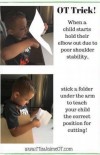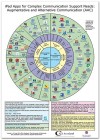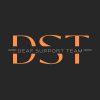Students with ataxic cerebral palsy experience a difficulty in keeping their limbs steady, called dysmetria.
They can have an "intention tremor'', the tremor gets worse as the person's hand gets closer to the object they are trying to reach.
Tremors also occur when an Ataxic cerebral palsy sufferer attempts actions requiring specific muscle control, such as writing.
Difficulties with motor skills become much more pronounced the longer the person with ataxic cerebral palsy attempts motor specific tasks.
Difficulties maintaining balance. Since balance is impaired, people with Ataxic cerebral palsy often walk with an ungainly gait, and can appear to stagger.
Ataxic cerebral palsy affects the entire body rather than just certain limbs or muscle groups.
The muscles of the face can be affected as well.
The most common facial ataxic symptoms are jerky speech patterns and abnormal eye movements called nystagmus.












